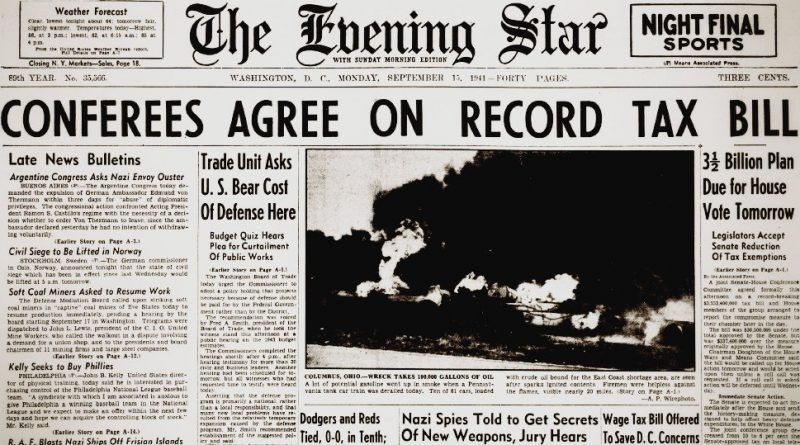World War II Chronicle: September 15, 1941
Click here for TODAY’S NEWSPAPER
On today’s front page, New York City Mayor Fiorello La Guardia an Secretary of the Navy Frank Knox are pictured at the American Legion Convention. While known for their political careers, both were in fact war veterans. Maj. La Guardia commanded a U.S. bomber squadron on the Italian-Austrian front, which flew the Caproni Ca.5 heavy bomber. Frank Knox served in Troop D of the First Volunteer Cavalry Regiment during the Spanish-American War, then served as an artillery officer in France during World War I, reaching the rank of Major.
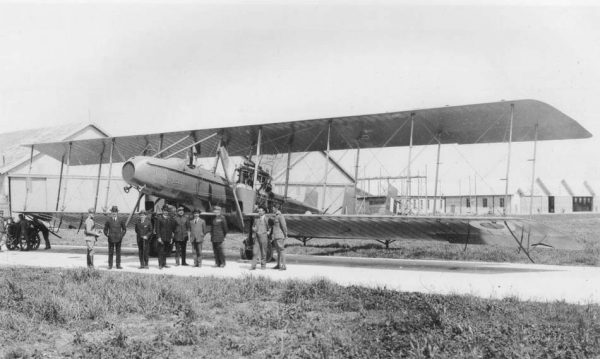
Also speaking at the convention was Sgt. Alvin York, recipient of the Medal of Honor during World War I, who is referenced on page 10.
Louisiana Maneuvers
At noon, nearly half a million American troops kicked off the Louisiana Maneuvers, the Army’s last — and largest — war game prior to our entry into World War II. An Associated Press reporter embedded with Lt. Gen. Ben Lear’s Second Army reports that 1st Armored Corps (Maj. Gen. Charles L. Scott, commanding) is hitting the flank of Lt. Gen. Walter Krueger’s Third Army and troops have captured Alexandria and Shreveport.
The war game has already claimed the lives of five soldiers, who are identified on page two. Maneuver warfare, such as the Blitzkrieg tactics that Germany used to conquer Europe, was a new and untested concept to the U.S. Army. And Chief of Staff Gen. George C. Marshall wanted his force to learn from as many mistakes as possible while the Army was in Louisiana and not Europe. Plus, most of the Army consisted of green recruits, having increased in size from a force of 620,000 in December to over 1.7 million troops in nine months.
Over the next several days, the exercise shows which officers were peacetime generals and which would become good wartime generals. Lt. Col. Dwight D. Eisenhower, Krueger’s chief of staff, is promoted two grades after the exercise to brigadier general. Junior officers like Omar Bradley and Matthew Ridgway are among those put on the fast-track to promotion, but 31 of 42 division and corps commanders participating in the Louisiana Maneuvers found deficient are relieved or reassigned.
Krueger, thanks in large part to a flanking attack through Texas by Maj. Gen. George S. Patton’s 2nd Armored Corps, fares so well during the second phase of the operation — when Third Army takes its turn as the attacking force — that his armored soldiers are dubbed “Blitzkruegers.” Krueger, the first soldier to rise to four-star general from the rank of private will go on to command Sixth Army in the Pacific.
In the air, the Army Air Corps is testing ground support tactics as well as strategic bombing operations. While these concepts sound rather basic 80 years later, aerial combat was so new in 1941 that the first military pilot is still on active duty.
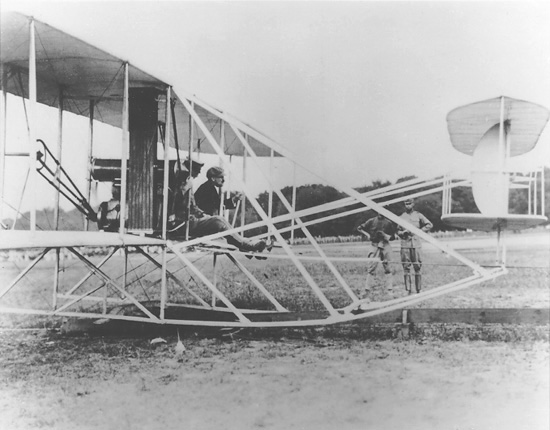
Already a balloon pilot for the Army, Lt. Frank P. Lahm would become the first U.S. military officer to fly in an airplane (accompanying Orville Wright on a brief flight on Sept. 9, 1908), and is the U.S. military’s first airplane pilot, earning his license on October 26, 1909. Page three reports that Lahm is about to hit the mandatory retirement age. He played quarterback for the U.S. Military Academy (Class of ’01), was captain of the basketball team, and was an accomplished gymnast for the Cadets as well. Lahm would most likely have played against another flag officer set to retire, Vice Adm. Taussig, who was quarterback for the Naval Academy Midshipmen during the same period. Lahm was commissioned as a cavalry officer, serving in the Philippines before joining the Signal Corps’ Aeronautical Division in 1907, which had balloons.
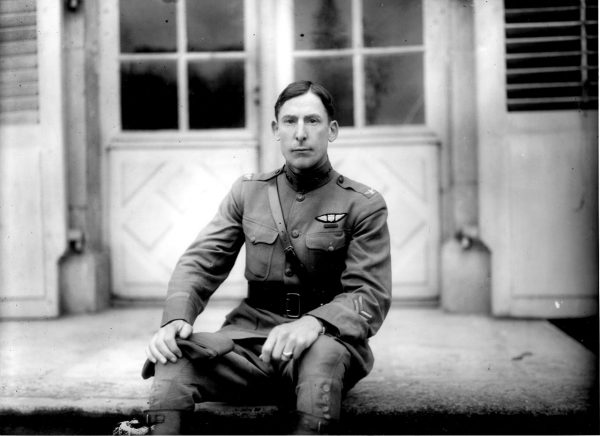
Speaking of Patton, he is pictured below as a young cadet in the U.S. Military Academy’s 1909 yearbook. He broke both of his arms playing football, but he did set a new school record for the 220-yard hurdles. The man on his left is Philip S. Gage, currently a brigadier general in charge of coast defense at Sandy Hook (N.J.). 1st Lt. Henry M. Nelly was the head coach during Patton’s day, and four-time All-American tackle Daniel Pullen was team captain. On Sept. 26, 1918 both Patton and Pullen earned the Distinguished Service Cross during fighting at Cheppy, France. Lt. Col. Nelly was also part of the American Expeditionary Force, serving as an infantry officer in the 34th Division… Sports section begins on page 16
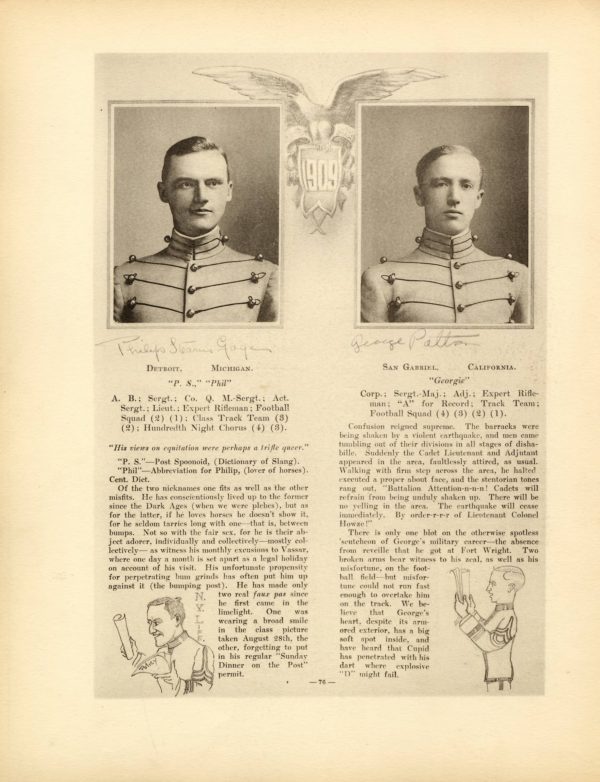
Evening star. (Washington, D.C.), 15 September 1941. Chronicling America: Historic American Newspapers. Lib. of Congress.
https://chroniclingamerica.loc.gov/lccn/sn83045462/1941-09-15/ed-1/
